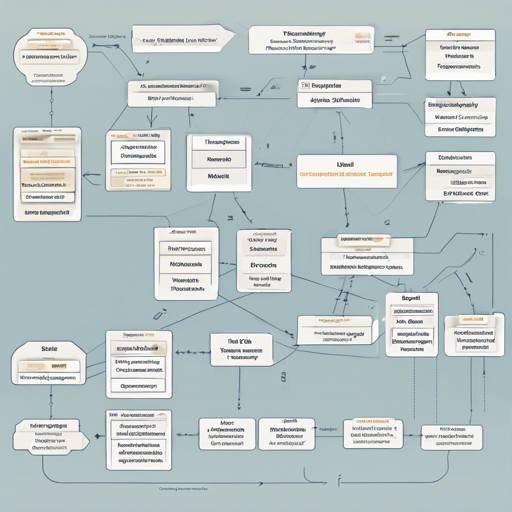If you’re looking to harness the power of natural language processing (NLP), then diving into the world of Transformer’s models like DistilBERT can be incredibly rewarding. This article will guide you through the essentials of using a specific fine-tuned DistilBERT model, along with troubleshooting tips and techniques for effective utilization.
What is DistilBERT?
DistilBERT is a smaller, faster, and lighter version of BERT (Bidirectional Encoder Representations from Transformers). It has been fine-tuned for specific tasks and retains 97% of BERT’s language understanding with significantly reduced latency and model size.
Understanding the Model Card
The model card for distilbert-base-uncased_cls_CR provides key details regarding the model’s performances, training hyperparameters, and evaluation metrics. This model has undergone meticulous training, and its implications can result in robust performance for a variety of language tasks.
Evaluating the Model’s Performance
Here’s a distilled summary of the evaluation results for the model:
- Loss: 0.3857
- Accuracy: 0.9202
This indicates that the model performed remarkably well, achieving over 92% accuracy on its evaluation set, positioning it as a reliable choice for practical NLP applications.
Training Parameters Simplified
The training phase uses specific hyperparameters, which are crucial for achieving optimum results. Picture this: consider training a chef in cooking. Each parameter represents an ingredient in a recipe that contributes to the final dish. Here are key hyperparameters used:
- Learning rate: 4e-05
- Train batch size: 16
- Eval batch size: 16
- Seed: 42
- Optimizer: Adam with betas=(0.9, 0.999) and epsilon=1e-08
- Learning rate scheduler: cosine
- Scheduler warmup ratio: 0.2
- Number of epochs: 5
- Mixed precision training: Native AMP
In our cooking analogy, if the learning rate is too high, the dish may burn; if too low, it may not cook properly. Balancing these parameters is key to creating the perfect model.
Training Results Overview
The training built progressively with several epochs. Here’s a concise overview of the training results:
| Epoch | Step | Validation Loss | Accuracy |
|-------|-------|-----------------|----------|
| 1.0 | 213 | 0.2778 | 0.8856 |
| 2.0 | 426 | 0.2532 | 0.9069 |
| 3.0 | 639 | 0.3252 | 0.9176 |
| 4.0 | 852 | 0.3653 | 0.9229 |
| 5.0 | 1065 | 0.3857 | 0.9202 |
Each epoch represents a cycle where the model adjusts based on training data, gradually improving its accuracy while minimizing loss.
Framework Versions
The model has been trained using the following frameworks:
- Transformers 4.20.1
- Pytorch 1.11.0
- Datasets 2.1.0
- Tokenizers 0.12.1
Troubleshooting Tips
Even with such a refined model, you might encounter challenges during implementation. Here are some troubleshooting ideas:
- If accuracy isn’t as expected, consider fine-tuning the hyperparameters, particularly the learning rate.
- Check for any data inconsistencies that might affect performance.
- Make sure you have the right versions of the frameworks installed.
For more insights, updates, or to collaborate on AI development projects, stay connected with fxis.ai.
Conclusion
By leveraging the power of the fine-tuned DistilBERT model, you can significantly enhance your NLP projects. Proper understanding of the model architecture, training parameters, and performance metrics is essential for success.
At fxis.ai, we believe that such advancements are crucial for the future of AI, as they enable more comprehensive and effective solutions. Our team is continually exploring new methodologies to push the envelope in artificial intelligence, ensuring that our clients benefit from the latest technological innovations.

